Kia Seltos Sport+ FWD review
Back in the day Holdens and Fords really were designed and built for Australians. But this new Kia seems to have joined the fray for a unique reason.
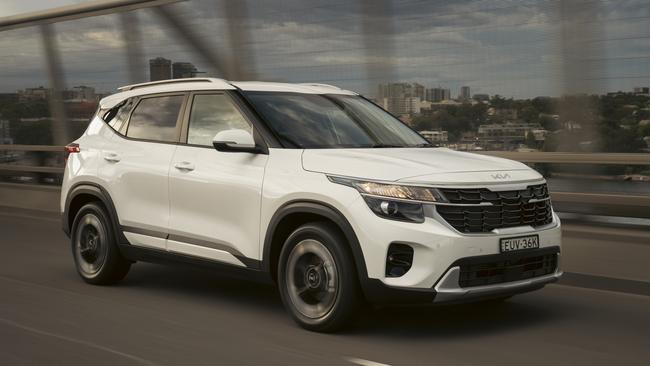
Sadly, only dangerously boring old nerds with crusty collated collections of Wheels magazines even talk about this any more, but we really did lose more than a lot of jobs and some soupçon of national pride when the Australian car industry crashed.
Yes, it might have seemed like marketing Polly Waffle, but back in the day Holdens and Fords really were designed and built, not only to make people with Southern Cross tattoos and sons called Brock happy, but to be cleverly adapted to our unique road conditions (yes, “awful” is probably a better term than “unique”).
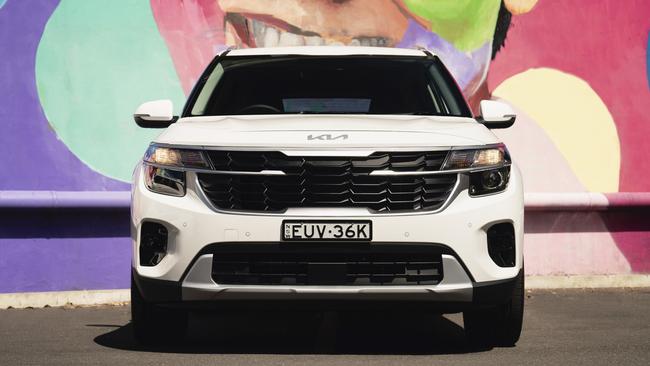
As a former editor of Wheels, I was theoretically obliged to rave about how good all Falcodores were, although I cussedly refused to approve the kinds of comparison tests that carried “Holden beats Porsche!” headlines (because they were all bullshit).
But the fact is we did make some great cars here, as well as some very ordinary and criminally unattractive ones, and I’d nominate the Ford Falcon XR6 Turbo as one of the former. Furthermore, if I’d had any money I would have bought the last Holden Commodore ever made here, the VF, because it was a truly excellent family car that handled the worst of our roads with aplomb.
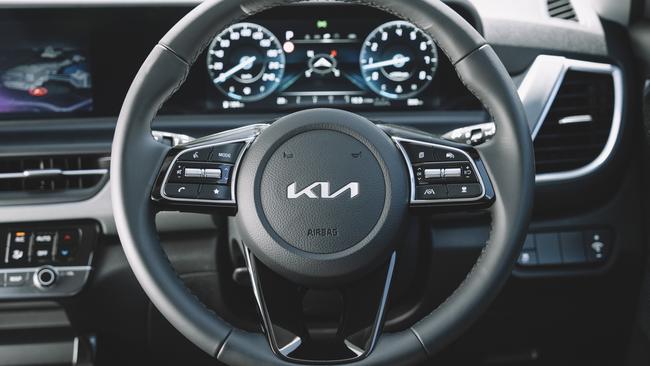
Theoretically, all of that is behind us and yet I recently drove a car, the new Kia Seltos, that seemed designed not only for Australians, but very specifically for Victorians. As anyone who has driven in the Police State will tell you, obsessing over speed limits at all times is not only advisable, it is the only way to keep your licence for longer than a week.
The Seltos is here to help, with its insistent, inexorable Intelligent Speed Limit Assist, which can read speed signs and will then warn you, both with flashing symbols and the kind of warning “chimes” that bring to mind a broken door bell, or some other form of auditory torture.
Unfortunately, the Kia’s cameras can’t read the bit of the school-zone sign that tells you between which hours you need to do 40km/h, nor does it know when it’s school holidays, and that means that its bongs of doom get increasingly doleful as you exceed 50km/h – entirely legally. Dare to hit 60km/h and I fear it might use the seatbelt to throttle you.
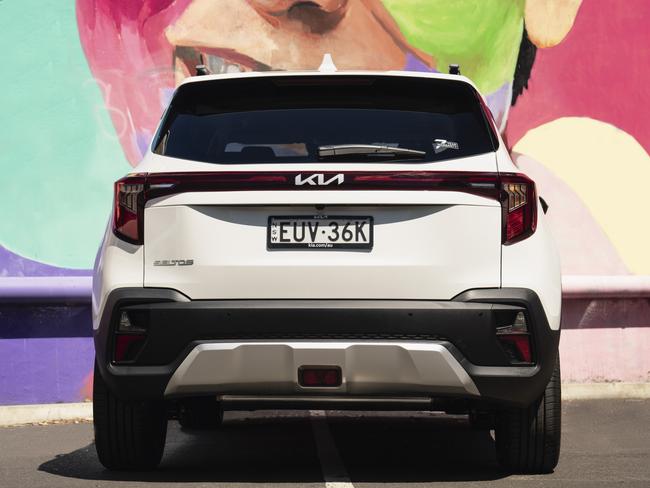
It’s a similar story with speed, red light and bus-lane cameras, which you are alerted to by a strident voice, followed in some cases by a Big Ben bonging count down. I found it difficult to get through a single podcast about how Chat GPT is going to take my job, and I live in Sydney. If I’d been in Melbourne I’d either have felt more grateful, or worn ear plugs.
I managed to find a way to turn it off, with a few menu scrolls and unhappy slaps, but I had to do that every time I restarted the Seltos. This meant that there was only some fortuitous crossover between my swearing in frustration and the bleeping noises.
Conversely, some of the tech on this car made me nerdily happy, like the Kia Connect telematics system, which allows you to remotely start the car, check your fuel gauge, turn on the aircon and set a temperature and, better yet, find out where you left the damn thing, all via an app on your phone.
That kind of functionality will no doubt make Kias even more appealing, but it is still too new to explain the brand’s recent rise to third place in the Australian sales charts, which means it is now outselling its arguably more famous sister, Hyundai, in this country.
My intensive research – which largely consists of speaking to Uber drivers – has revealed that what’s driving the popularity is design; Kias just look good, verging on cool, even. The Seltos is a good example of this deft design, with its sharp face – I somehow see it boasting a neatly trimmed pencil beard – and jaunty proportions.
I would argue that if you think you need a small SUV, rather than a perfectly serviceable and logically superior-to-drive hatchback, you won’t care much what it’s like to drive, but the all-wheel-drive Seltos now comes with a thrusting new 1.6-litre turbo engine making 146kW and 265Nm (at a price of $41,990).
It is also vastly improved by the addition of a proper, eight-speed automatic, which replaces the annoyingly dithering dual clutch that remains in the front-wheel-drive version, which also gets an older-tech 2.0-litre engine, making less power and torque (110kW and 180Nm).
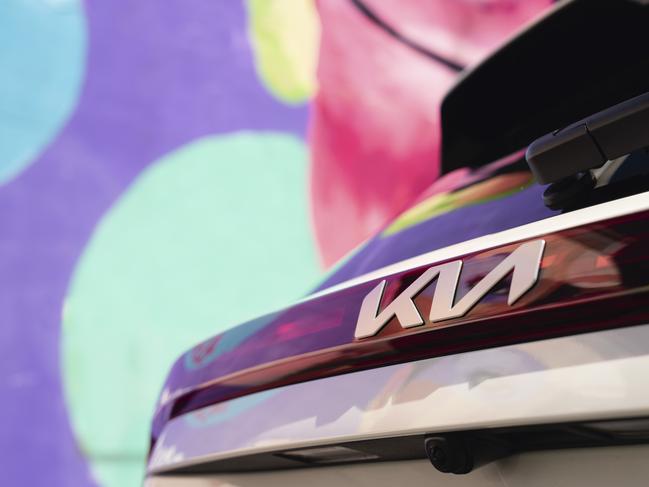
Somehow I managed to borrow the FWD Seltos Sport+, which costs $35,800. If you don’t spend the extra $3000 on the newer and more improved model, you are the sort of person who shouldn’t be trusted to make choices in life.
My choice did seem wise after the fact, however, because it was just that little bit harder to exceed the speed limit in the one I was driving, which meant that I had at least some scrap of sanity left after a week of bleeping frustration.
Kia Seltos Sport+ FWD
Engine: 2.0-litre four cylinder (110kW/180Nm)
Fuel Economy: 6.9 litres per 100km
Transmission: CVT automatic, front-wheel drive
Price: $35,800
Rating: 3/5 stars
